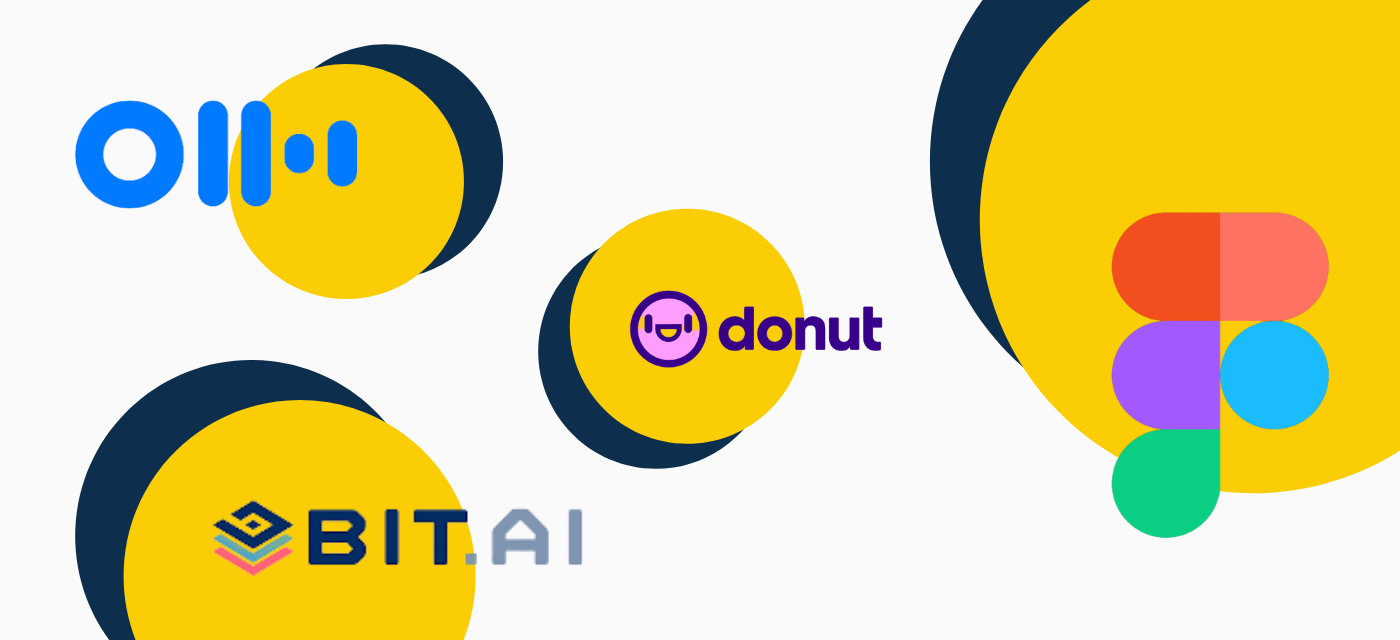Our brilliant leaders, Steph and Vic, were recently invited to join the The Executive Connection podcast to both tell the story of how Beamible came to be, and discuss why Beamible is crucial to organisations being confident in responding to Future of Work trends through agility, adaptability and data.
Stephanie, the lovely host, starts by describing our former platform, Beam Marketplace, as “critical to the conversation about workplace flexibility in this country.” Of course, we’ve believed that all along but hearing it from such an important person solidifies it for us. So she’s naturally perplexed by our shift to focusing on the Beamible platform.
We’re whipping up a summary for you (of course, listen too - it’s only 20 minutes and super insightful!) to get the best bits out of the discussion. Here’s what the brilliant Stephanie, Steph and Vic had to say.
How did Beam come to be?
There’s a very personal story that Steph can share with you one day if you’re lucky enough to have a conversation with her. But generally speaking, Vic and Steph saw an overwhelming need for organisations to provide different, flexible work options in order for everyone to participate in work. Not just participate, but advance and be promoted - adding as much value as they can. Note: this is pre-COVID.
People were just being excluded from the workforce, being forced to choose either all-in or all-out when they hadn’t reached their potential. While women are heavily overrepresented in this category, it really applies to anyone who isn’t able to work a traditional 9-5 office job. Think new mothers, returning mothers, caretakers, hobbyists, elite athletes, and more. As a result, Steph and Vic made it their mission to explore what a different work model could look like whether businesses would be open to the concept.
The Beam talent marketplace was their way to test the market. Could Steph and Vic build a marketplace that would support mid to senior level part time roles in the professional workforce? Would there be a demand from the employer’s perspective?
Yes and yes. In fact, there was a resounding demand for flex roles. For businesses who needed advanced skill sets but who couldn’t afford a full time headcount, it was the secret to unlocking a goldmine of talent. And we’re talking about meaningful roles, here. Roles that this pool of talent would be doing if they didn’t have other commitments - not just jobs that didn’t utilise their specialist skill sets to pay the bills.
Before Beam, people may have been afforded the opportunity to work flexibly, but it stagnated their careers. It was a huge career ‘handbrake,’ as Vic mentions, with no opportunity for progression. The Beam Marketplace was the first time this pool of talent was being championed.
Why we pivoted to Beamible
As the host, Stephanie, questions - Beam was so important to the flex landscape in Australia so why have we chosen to sunset it at a time where flex was more in demand than ever before? (Now we’re talking COVID times - keep up!)
Well, there was no doubt that a huge number of organisations supported the concept behind offering flex and supporting part-time roles (and other flex setups for that matter), but they had no idea how to do it. And that was a sticking point that meant Beam wasn’t entirely scalable and would require corporate education to successfully implement it. It also meant we weren’t going to have the real impact we wanted globally. Businesses simply lacked the tooling to do it themselves.
Helloooo, opportunity. This was the point where the problem behind the problem became crystal clear, and the need for something different reared its head. Organisations needed tools to support flex at scale.
Extensive research and experience working with organisations revealed there are seven barriers to doing flex at scale successfully. At that heart of those barriers was role design. (We now call them levers, because the world finally sees them as opportunities - hooray!)
Role design sounds like an HR buzzword, but really all it means is looking at what a full time job looks like versus a part time job equivalent. Its a way to make sure that business outcomes are met if there’s less capacity.
By providing individuals, managers and business leaders with tools to map roles, capacity and outcomes across teams and entire organisations, we’d be solving the real problem. This is why we built Beamible, and ultimately decided to focus on it.
Beamible is a globally scalable way to empower managers to answer questions like:
- How much capacity do I have across my team?
- What skills am I working with?
- What drives my people and what are they passionate about?
- How are their roles and activities contributing to overall business goals?
- What are the risks facing my team?
It gives managers and organisational leaders the confidence to say yes to flex requests, be creative with resourcing and be really ruthless about how they prioritise.
Why Beamible has had such fast success
Hang on - do you hear that? It’s us about to shamelessly and proudly toot our own horn.
Beamible wasn’t just an innovative idea that Steph and Vic had been thinking about. It is a proven solution to a host of human resourcing challenges exacerbated by COVID-19 and that’s why we’ve had just quick success with both large and small groups like NRMA, McDonald’s, Fitness Passport, Google, B Lab and more.
It’s the only platform of its kind, providing visibility into what work is being done - at an individual, team and organisational level - and supports the availability of flexible work within organisations.
Because it takes a bottom-up approach, there’s a mutual benefit and appreciation for the ability to have unbiased and data-led conversations about flexible working arrangements, career progression, workload capacity and other traditionally taboo topics. So really, it’s for everyone within an organisation, eliminating the feeling of micromanagement or other toxic approaches to management.
It’s a solution that can be implemented within organisations around the world, and fundamentally change - and normalise - how they operate flexibly from a human capital perspective.
Want to listen to the full podcast? (It’s only 20 minutes)
Want to learn more about Beamible?
Want to start using Beamible?





